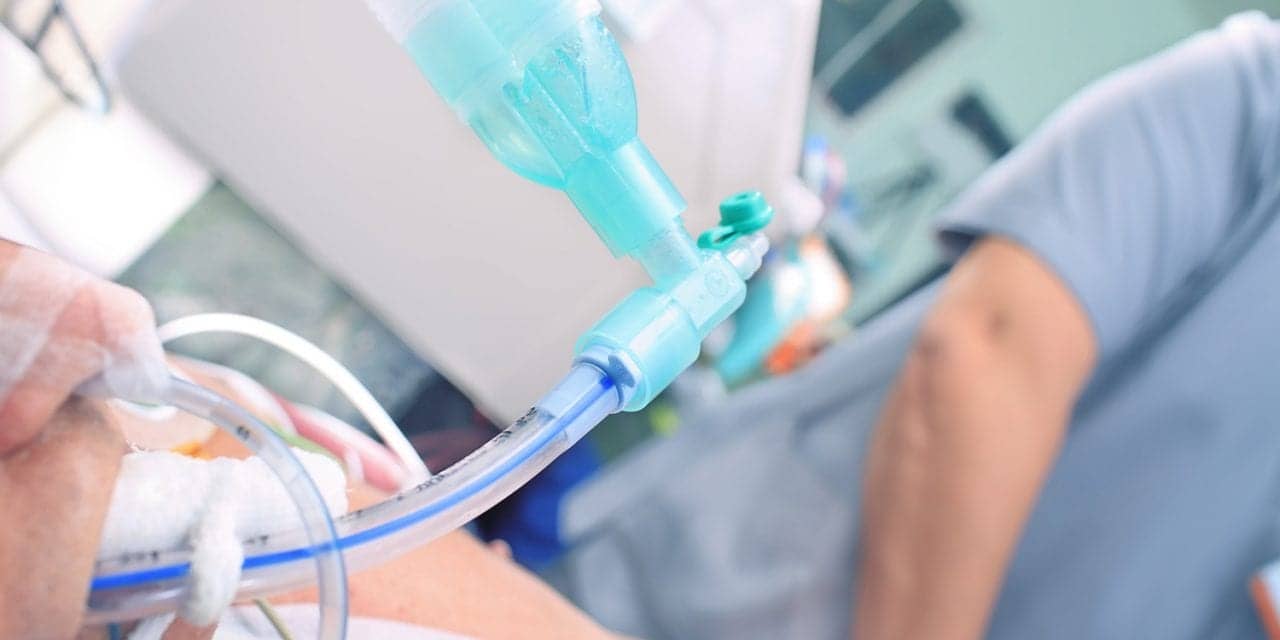ICU mortality rates during the pandemic were significantly lower in high-performance ICUs that exhibited high efficiency pre-COVID-19, according an analysis published by CHEST Science Journal. The analysis of data from over 380,000 patients at private hospital ICUs across 10 Brazilian states suggests that high-performance ICUs might also have better patient outcomes during health crises.
In an effort to understand how ICU efficiency during regular times would impact treatment outcomes during a pandemic, the study conducted a retrospective analysis of data from 33 private hospitals in the country. This analysis considered adult patients admitted to their ICUs between January 2018 and December 2021. The data was collected through a software developed by the company Epimed Solutions, which prospectively gathers standardized information from all participating ICUs.

Using the database, the performance of ICUs was assessed before and during the pandemic through two different metrics. One metric considered patient mortality rates, while the other evaluated resource management in the intensive care centers. ICUs that performed well in both aspects were considered a high-performance ICU. These metrics were also adjusted for disease severity, age, sex, and comorbidities of the patients, as these factors would impact the clinical outcome of COVID-19.
Of the 386,528 patients included in the analysis, 35,619 were admitted to ICUs with a COVID-19 diagnosis during the pandemic. The median profile of patients with the disease ranged from 53 to 70 years of age, with the majority being male, and 64.7% of those admitted had one or more comorbidities.
During the pandemic, the study observed the ICUs displayed a striking range in mortality rates for COVID-19 patients, ranging from 3.6% to 63.2%. These mortality rates also showed variability within ICUs over time, reflecting the dynamics of the pandemic.
The study’s results indicate that ICUs with better performance before the pandemic also achieved more favorable outcomes during the health crisis. This included a lower risk and less variation in mortality rates, as well as a faster recovery after the peak of cases, and this stability was held even when considering patient comorbidities and disease severity.
The research highlights that the effective management of patients outside of a pandemic context not only improves overall outcomes but also serves as preparation for addressing a global health crisis. Proper preparation, continuous improvement of efficiency, and the resilience of ICUs in times of stress and high demand for healthcare are essential for providing high-quality care and saving lives.
Dr. Jorge Salluh, a critical care researcher at IDOR and the study’s coordinator, commented that the study’s results are relevant not only for addressing future pandemics but also for establishing a standard of operation for a high-performance ICU. “Regardless of pandemics, ICUs routinely face periods of high stress and occupancy. Efficient management is a constant benefit for healthcare professionals and their patients. While the risk of death is partly related to the severity of the disease and patient fragility, our study reveals that ICUs management has a direct impact on clinical outcomes. This information is the most relevant because it’s something we can actually control within the hospital environment.”
This study, in addition to serving as a warning for future health adversities, provides an extremely valuable contribution to the functionality of healthcare systems, emphasizing that optimizing ICU efficiency is a crucial strategy for both regular critical care and future challenges similar to the COVID-19 pandemic.










